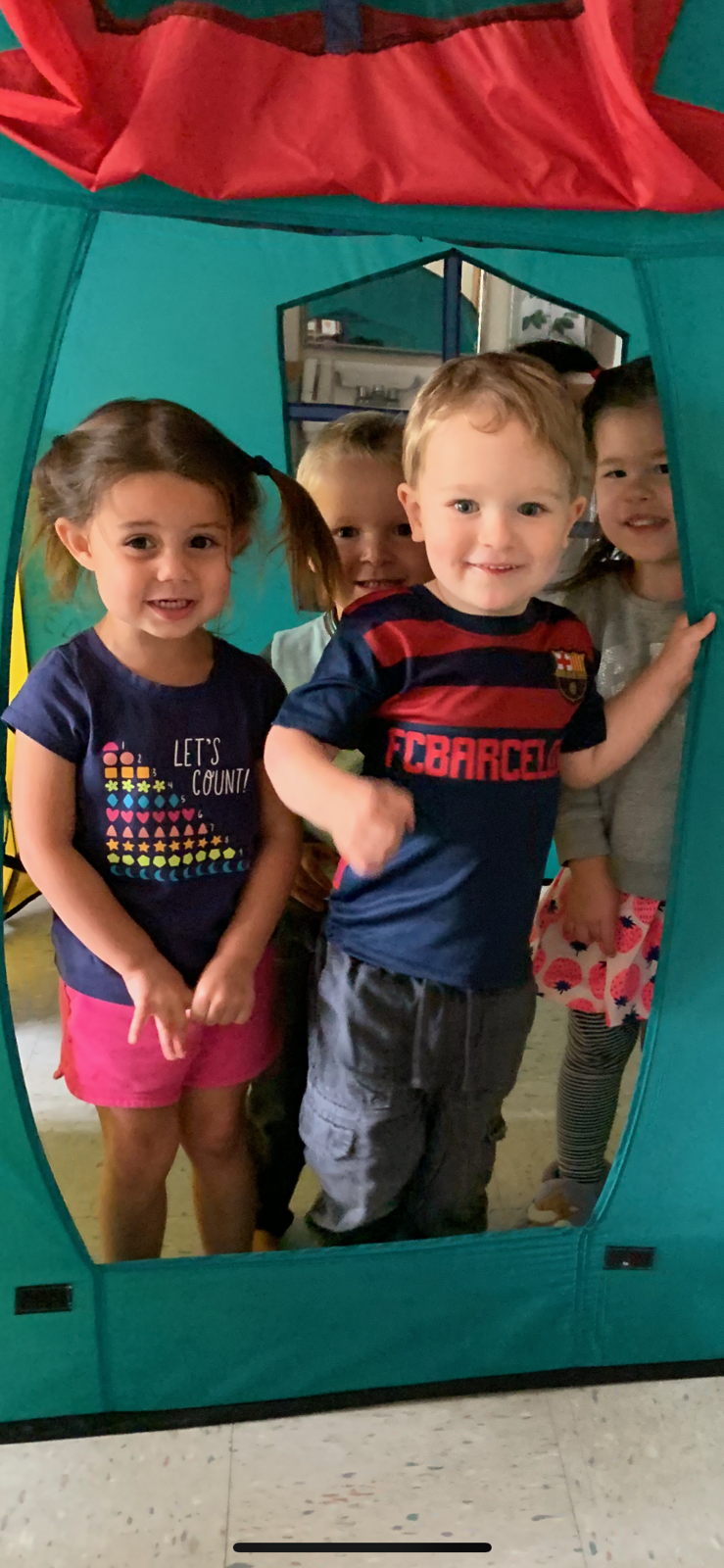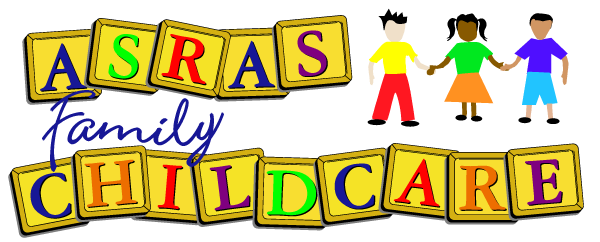Our Programs
Infant Classroom:
Our infant program strives to allow the nurturing and caring relationship to form between the teacher and infant. At this developmental age, we believe the best form of care involves a constant attention to the infant’s basic needs as well as recognition and nourishment for the emotions a baby experiences at this stage of growth.
The infant classroom is designed to promote free movement of the baby. Teachers work with the baby on the floor to support their physical and emotional development by providing learning experiences through sensory, music, and movement activities. Learning materials such as balls, blocks, and pretend play objects are accessible to the baby to provide additional support to boost their cognitive needs.
Each infant has a unique set of needs that need to be met in order to ensure a safe and enriching environment for that baby. A daily wellness sheet is used as a means for communication between the teacher and parents that provides an idea of how the day went for the infant with specific regards to diaper changes and meal times. As the teacher constantly monitors feedings and diaper changes of each infant, it is also an essential element of the infant classroom that along with the unique needs being met of each baby, there is a familiar routine known to the little group of learners which provides structure to the classroom environment.



Toddler classroom:
In our toddler classroom, which exclusively cares for early toddlers who have just turned 1, children have begun to explore as they start walking and curiosity is at its’ peak. With this developmental stage in mind of our busy toddlers, we have developed a program which encourages and incorporates introductory Montessori methods.
One of the first concepts a child learns while adapting to the toddler classroom is understanding and defining personal space. With the support of simple tools such as small work rugs, they provide a cue for the child that this is the space in which the child will be working with a given activity or material. This concept of using small work rugs also helps other children learn that there is a defined space taken by another child which is marked by the rug and work the child is using on top of the rug.
The teacher models for the children how to use manipulative materials to learn basic math concepts of sequencing and sorting during group time. A variety of manipulative materials are also accessible to each child at all times that provides hands-on learning opportunities.
Another essential part of a toddler’s learning is developing an interest and love for books. We believe that print exposure and story-telling are critical for toddlers as it supports the foundation for language development and acquiring an understanding of early literary concepts. In our toddler classroom, children have the freedom to choose a book of their liking from our mini library during free play time and the teacher provides many opportunities, especially those transition times, when the children will listen to a read-aloud and be able to interact with the teacher actively to talk about the pictures and engage in simple dialogue about what the toddlers see.
Music, movement, and art also play another significant part in the learning of our young toddlers. It is also another means of providing language development which encourages and brings out the inner unique skills and creativity of the child.



Two-year-old Classroom:
The two-year-old classroom is the busiest of all classes at the center. This particular age group is learning to become independent but at the same it, children are becoming aware of how to work together and interact during different situations whether it be during playtime or lunch time. This is also the very time when a child goes through the process of potty-training with the support of his/her teacher. It may be fair to say that a significant amount of time is given to help children learn how to use the potty and wean off from use of diapers or pull ups.
Classroom set up is intended to support the child’s innate desire to learn, evolve, and independently choose work that serves a developmental purpose. The role of the teacher in this classroom is to inspire and model enthusiasm for learning. In addition to the introductory Montessori methods the children have learned in the toddler classroom such as using work rugs to define personal space, children learn to practice using fine motor skills by using work involving pouring and transferring.
Along with the work displayed on shelves that children use during free play time, the teacher sets up targeted learning activities in trays that are available for children to choose as per interest during guided activity time or free play time.
Story time is another critical aspect of the two’s everyday routine as it allows a medium to introduce vocabulary and build on knowledge of concepts of print, but also help children begin to learn the concept of when it is “listening time” and when is a good “talking time.”




Preschool Classroom:
Primary focus of the preschool classroom is supporting and advancing a child in three areas of development involving: fine-motor skills, social/emotional, and basic understanding of math and literacy concepts for this age group’s developmental level. It is essential to understand that the common underlying base for success in these areas, is to empower children to become independent, and be able to take on challenges and feel confident about the work they have done.
The classroom set up draws upon six main areas of focus for children which includes: Math, Literacy/book corner, art, practical life, creative play, and blocks. These six areas are always open to children to explore and experience with the various materials set out in respective areas to support learning. Materials are rotated in each area every month to sustain a child’s interest in a given focus area.
A child’s interest and curiosity are critical in order to learn and retain knowledge from using work in a focus area such as math or literacy. This is the very reason why we believe in setting up a theme each month which ties with various activities, especially in the art area and practical life area, where new material is set out to inspire the child to try out the new work. A simple example of using theme-based learning is when we did various activities with leaves during fall time to talk about the seasons, do leaf art, and use the leaves for counting lessons.









